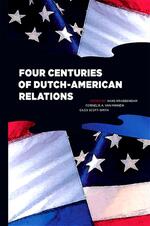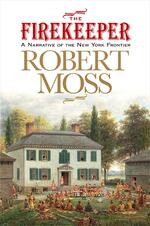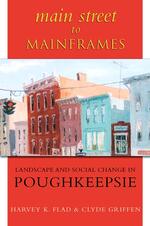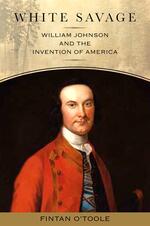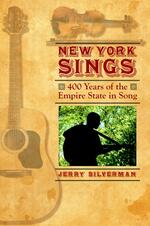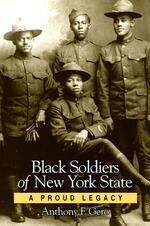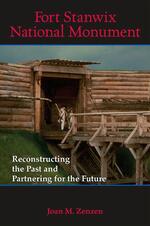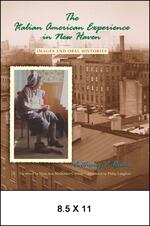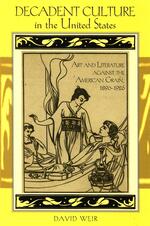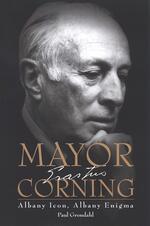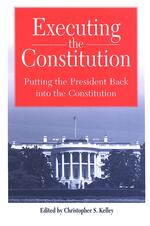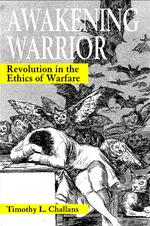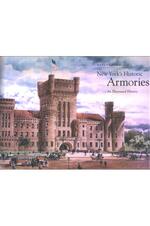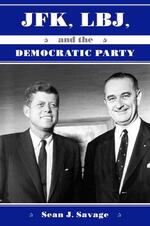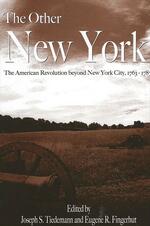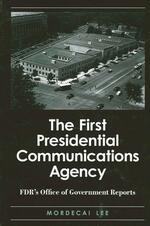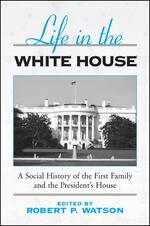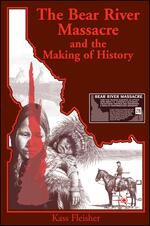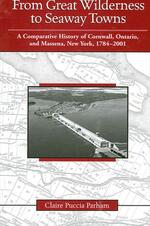American History
Four Centuries of Dutch-American Relations
A comprehensive history of bilateral relations between the Netherlands and the United States.
The Firekeeper
An epic adventure based on the extraordinary historical story of Sir William Johnson and the author's dreams of a Mohawk "woman of power" who lived three centuries ago.
Main Street to Mainframes
Tells the story of Poughkeepsie’s transformation from small city to urban region.
A Family Place
One woman’s journey to uncover her family’s history and understand the ties that bind us to a particular place.
White Savage
Brings a strikingly original perspective to Johnson’s life, and suggests new ways of thinking about Johnson’s part in creating a nation he did not live to see.
New York Sings
New York's fascinating history as presented in song.
Black Soldiers of New York State
Concise history of the valiant service of New York’s African American soldiers.
Fort Stanwix National Monument
A history of the reconstruction of Fort Stanwix, New York, by the National Park Service.
The Italian American Experience in New Haven
A compelling social history of a vibrant immigrant community, told through interviews and photographs.
Decadent Culture in the United States
The paradoxes of the American decadent movement in the 1890s and 1920s.
Race, Class, and the Death Penalty
Examines both the legal and illegal uses of the death penalty in American history.
Carnegie's Model Republic
Examines Carnegie’s book Triumphant Democracy and his efforts to promote closer ties between America and Britain.
Mayor Corning
Grondahl’s classic biography of Albany’s “mayor for life,” now available in paperback.
Executing the Constitution
Draws attention to how American presidents have creatively interpreted the Constitution to expand the power of the executive branch.
Awakening Warrior
Explores moral progress in the American military.
New York's Historic Armories
Chronicles the evolution of the armory as a specific building type in American architectural and military history, and the role these buildings played in the history of America’s volunteer militia.
JFK, LBJ, and the Democratic Party
A comprehensive account of JFK’s and LBJ’s leadership of the Democratic Party in the 1960s.
The Other New York
Essays exploring rural New York during the American Revolution.
Hospital Transports
Details the reactions of men and women serving aboard a hospital transport ship during the American Civil War.
The First Presidential Communications Agency
The history of FDR's Office of Government Reports.
Defining NASA
Examines the politics behind the funding of NASA.
The Mediating Effect of Public Opinion on Public Policy
Examines how public opinion has influenced health care policy.
Life in the White House
Interdisciplinary essays on the White House and the lives of first families.
The Bear River Massacre and the Making of History
Explores how a pivotal event in U.S. history—the killing of nearly 300 Shoshoni men, women, and children in 1863—has been contested, forgotten, and remembered.
From Great Wilderness to Seaway Towns
Comprehensive study of two towns on either side of the U. S.-Canadian border.
